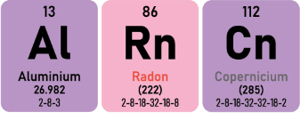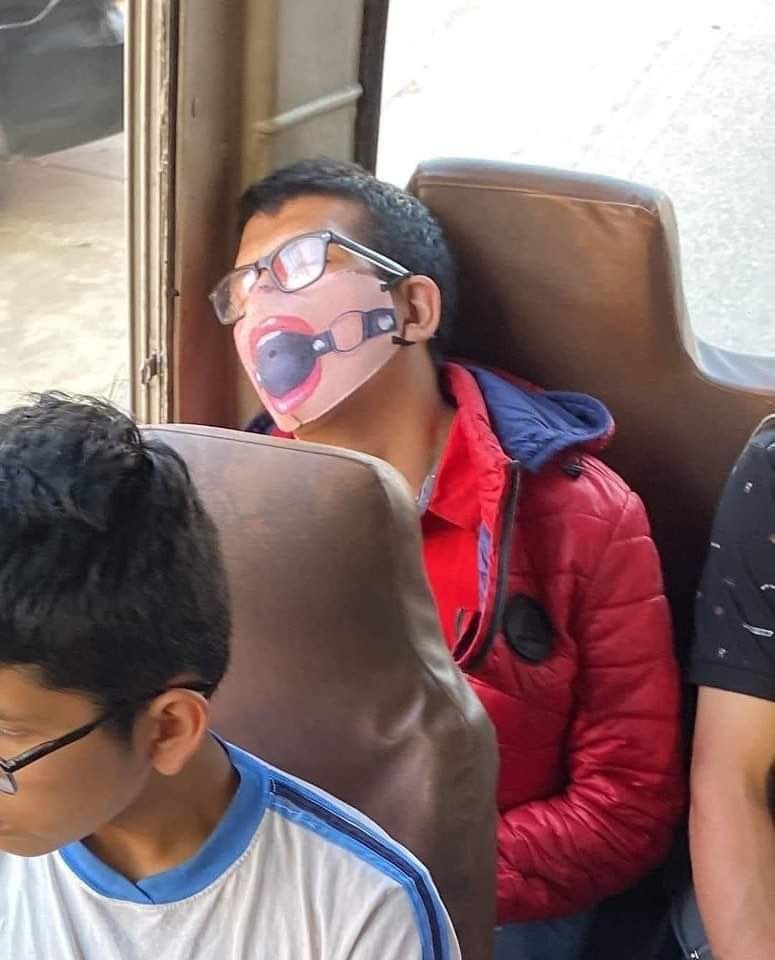Eporner HD Sex Porn Discounts Sex Games Porn Games XXX Games Hentai Games PornStar Games 3D Porn Cams Party BEST OnlyFans Free Onlyfans
Live Sex Free Live Sex Free Sex Games Páginas Porno Rose Toy Nude Celebrities Celebrity Sex Videos TikTok Porn AI Girlfriend
Live Sex Free Live Sex Free Sex Games Páginas Porno Rose Toy Nude Celebrities Celebrity Sex Videos TikTok Porn AI Girlfriend
Published on 2021/08/13











PIERGAB'S NUDE PHOTOGRAPHY
Piergab was going to be a musician, but the photography crossed his path and he was trapped by it. He started out photographing concerts and festivals and has ended up working for agencies and media outlets. These are some of the nudes that he has public in his portfolio.
















 ➡️ Let's do real, be real with Tantaly, the sex doll torso leader |
ExtraBall by donbalbu
Britney Spears unleashed.
ExtraBall2
(Clicking on these links daily you support ALRNCN's work. These are collaborations or sponsorships and, by visiting their sites, they like us even more)







NAKED IN NAMIBIA BY KONRAD LABUSCHAGNE
From the endless landscapes of the Namibian desert to natural settings across Europe, Konrad Labuschagne explores the harmony between body and land through his project Naked in Namibia Art Studio.
His work, awarded at the Budapest International Foto Awards 2024 with the series Dune Dance, celebrates artistic nudity as a way to connect with nature — where light, skin, and sand blend into the same breath and the body becomes part of the landscape.

# See photos
ExtraBall
How was the weekend? Did you go out?
ExtraBall2
(Clicking on these links daily you support ALRNCN's work. They're collaborators or sponsors and, by visiting their sites, they like us even more)







AMATEUR FLESH: MOMMY MEWTWO
The hips on Mommy Mewtwo could’ve made the Colossus of Rhodes wobble.
She doesn’t brag about curves — she weaponizes them.
One twist from her and suddenly you're questioning your life choices, diet, and emotional stability in under two seconds.
No filters, no tricks. Just real body, blessed genetics, and the confidence of someone who walks in already knowing the match was won before it started.

# View photos
ExtraBall
A little TikTok routine incoming.
ExtraBall2
(Clicking on these links daily you support ALRNCN's work. They're collaborators or sponsors and, by visiting their sites, they like us even more)







 CamBB.xxx
CamBB.xxxWe find the best live porn cams across many different cam sites like Streamate, Chaturbate, Cam4 and Stripchat.
 ChatSex.xxx
ChatSex.xxxWith Chat Sex you get free sex cams featuring nude cam girls you can chat with for free.














RECOMMENDED SITES
 Add your site
Add your site
- Entensity
- Porn Pics
- celeb-stalker.com
- Erotic Beauties
- BoobieBlog
- sweetlicious
- Kanoni Net
- Candid Teens
- Babes & Bitches
 Add your site
Add your site💩 CrazyShit
🤪 eFukt
NudeChatGirls
👉🍑 Top XXX Pictures
Bingo Porno
Best Porn Blog Sites
 Sex Games
Sex Games
Real Amateur Porn
MrPornGeek
Comepollas
PornScn Free Porno
AI Girlfriend App
Hardcore Porn Videos
NSFW.Tools
Sex AI Chat
Porn Game
ShareAnyNudes
Teenager365

















AMATEUR FLESH: TEREFUR
Not with Aragorn’s sword, nor Legolas’s bow, nor Gimli’s axe.
If I have to count on something, let it be Terefur’s boobs.
They don’t save kingdoms, slay orcs, or light the way… but honestly, they’ll do just fine.
Everyone fights with what they’ve got.
I just choose to fight happy.

# View photos
ExtraBall2
(Clicking on these links daily you support ALRNCN's work. They're collaborators or sponsors and, by visiting their sites, they like us even more)








EUGENE RENO 2025
We’ve got to go back to 2013, when I first discovered the work of photographer Eugene Reno.
From that moment on, his style had me hooked — raw, elegant, and with a way of capturing body and light that very few can pull off.
Now, more than ten years later, I’m diving back into his world to bring you a fresh selection of some of the photos he’s shared over the past decade.
A look at his evolution, his perspective, and that unique balance he always finds between the intimate and the provocative.
Long live Mr. Reno.

# View photos
ExtraBall
Speaking of days gone by... remember the masks? Feels like a lifetime ago.

ExtraBall2
(Clicking on these links daily you support ALRNCN's work. They're collaborators or sponsors and, by visiting their sites, they like us even more)








Contact
You can tell us whatever you want via email: [email protected]
If you prefer, you can use this contact form:
If you prefer, you can use this contact form:






AMATEUR FLESH: OPHELIA🤍
We’re living in this weird moment where everything looks super free, super open, super “do whatever you want”… but the second someone shows real skin — no studio lights, no perfect filters — alarms start going off.
We get sold “freedom,” but only if it fits the polished aesthetic and the invisible rules of the algorithm. Nothing too real, nothing too raw, nothing you couldn’t show at dinner without someone raising an eyebrow.
Sure, the internet lets you look… but always inside its sanitized bubble. If you want real flesh, skin that breathes, and a girl who isn’t pretending to be a pornstar but just being herself, you gotta dig a little deeper.
And that’s where Ophelia shows up.
No fake poses, no pretending, no manufactured attitude. Just a real girl enjoying her body and what she likes. Someone who doesn’t need permission, a script, or filters that “give” her curves she already has.

# View photos and video
ExtraBall
Send a pic and I’ll help you.

ExtraBall2
(Clicking on these links daily you support ALRNCN's work. They're collaborators or sponsors and, by visiting their sites, they like us bambyn more)







THE EROTICISM OF MATTHIAS KÖNIGSWIESER
Matthias Königswieser was born in Vienna, Austria, in ’81, and when he turned 18 he moved to San Francisco to study fine arts. He now lives in Los Angeles, where he’s set up his base of operations and where he plans out projects like the ones you’re about to see.

# View photos
ExtraBall
ALRNCN-style solidarity chain.
ExtraBall2
(Clicking on these links daily you support ALRNCN's work. They're collaborators or sponsors and, by visiting their sites, they like us even more)





























